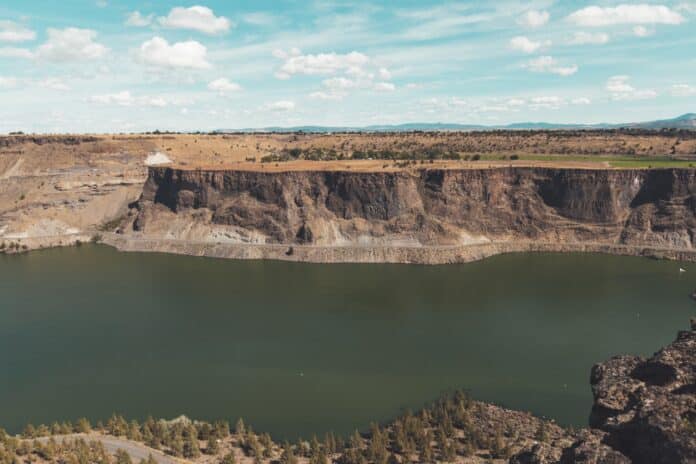New methods for removing carbon dioxide and processing ores are required due to the climate problem and the increasing demand for essential minerals. The mining industry can be transformed for a greener and more sustainable future by utilizing microbial methods to recover metals from mine tailings and store carbon dioxide within mine tailings.
Researchers have developed a brand-new mining method that uses bacteria to extract metals from waste from mining and store carbon. This process, known as dry-stack tailing, has the potential to transform the mining industry and open the way for a greener, more sustainable future.
Tailings are fine-grained waste materials that remain after extracting the target ore mineral and are stacked and stored.
Mining techniques have improved and become more efficient over time. However, the climate crisis and increased demand for critical minerals require the development of new ore extraction and processing technologies.
Old tailings have higher concentrations of essential minerals, which can be recovered using microbes in a process known as bioleaching. The microbes help break down the ore, releasing any valuable metals that were not entirely collected in a safe way that is significantly faster than natural biogeochemical weathering processes.
Dr. Jenine McCutcheon, an assistant professor in the Department of Earth and Environmental Sciences, said, “We can take tailings that were produced in the past and recover more resources from those waste materials and, in doing so, also reduce the risk of residual metals entering into local waterways or groundwater.”
In addition to enhancing resource recovery, the microbes collect carbon dioxide from the atmosphere and store it as new minerals in mine tailings. This technique offsets some of the pollutants produced while the mine is operating and helps to stabilize the tailings.
Microbial mineral carbonation is a process in which bacteria collect carbon dioxide from the air and store it as new minerals in mine tailings. This technique offsets some of the pollutants produced while the mine is operating and helps to stabilize the tailings.
If applied to an entire mine, microbial mineral carbonation might offset more than 30% of a mine site’s annual greenhouse gas emissions. It also gives historical mine tailings, which are otherwise considered industrial waste, value.
McCutcheon said, “This technique makes better use of current and past mine sites; rethinking how future mine sites are designed to integrate this process could result in mines that are carbon neutral from the get-go rather than thinking about carbon storage as an add-on at the end.
This technology has the potential to be a game changer in the fight against climate change, and the mining industry has a unique opportunity to play an important role in green energy’s future.
McCutcheon also believes that microbial-driven processes will help the mining industry transition to carbon-neutral or carbon-negative mining but that industry cooperation is required to advance this technology to large-scale deployment.
Journal Reference:
- McCutcheon J, Power IM, et al. Microbially mediated carbon dioxide removal for sustainable mining. Plos Biology DOI: 10.1371/journal.pbio.3002026
